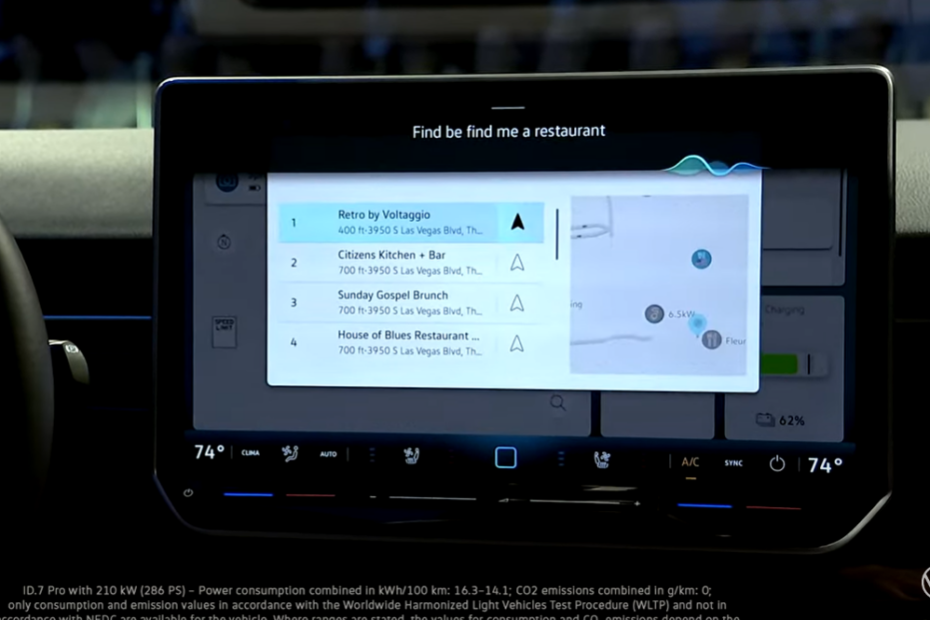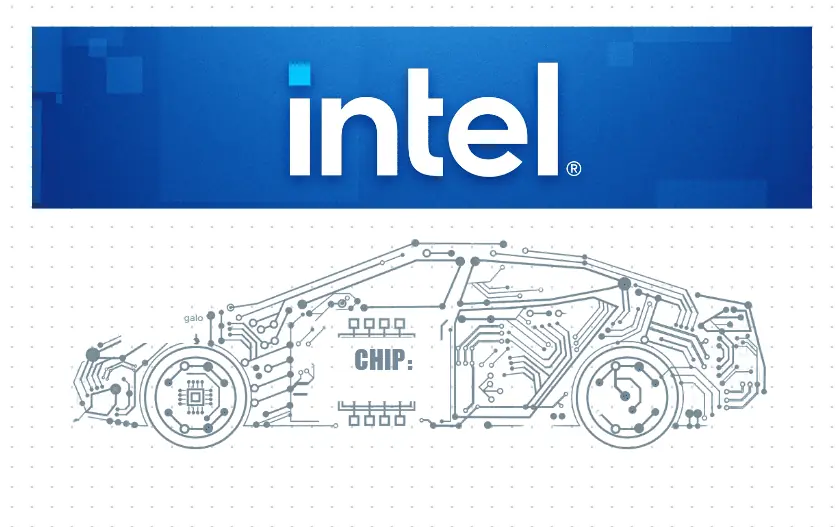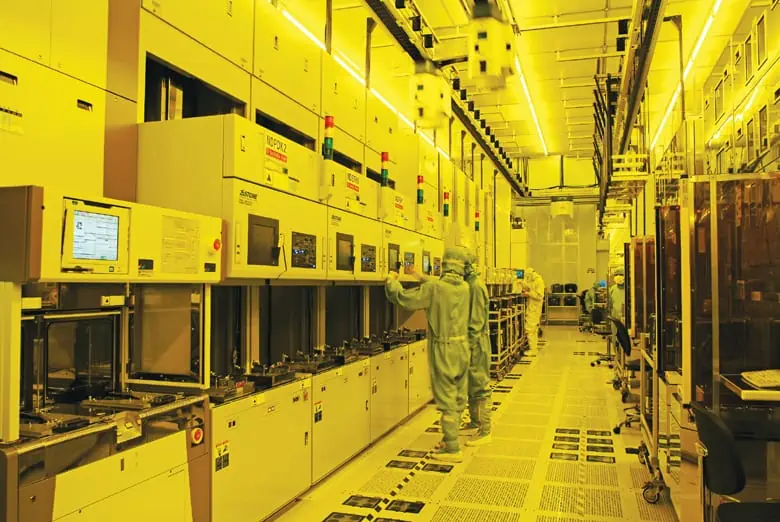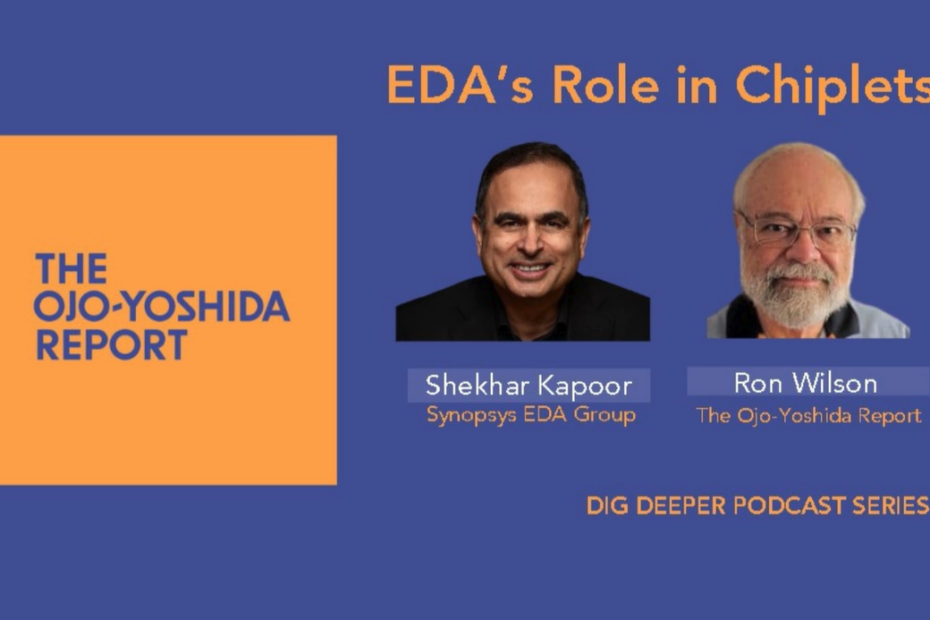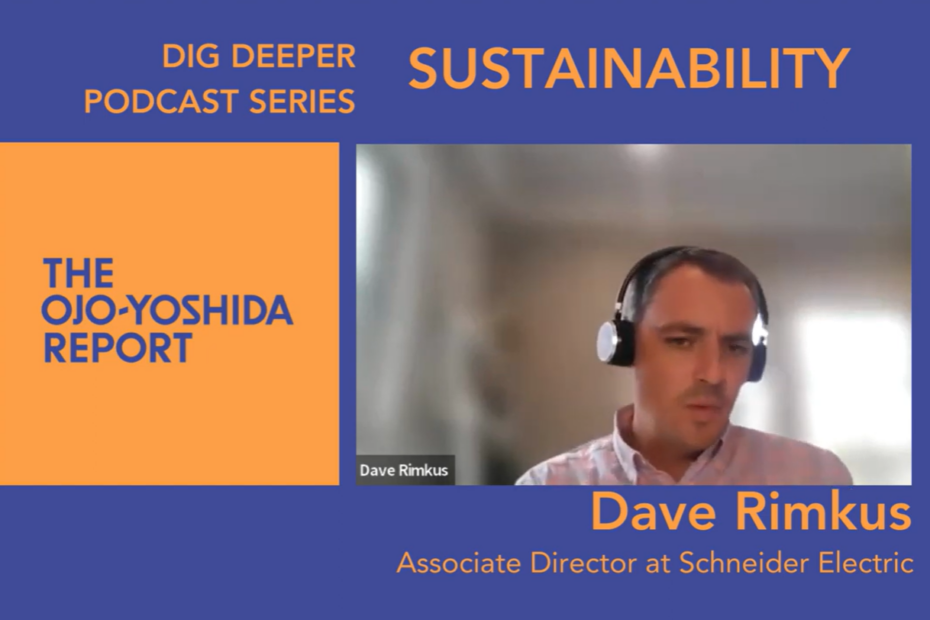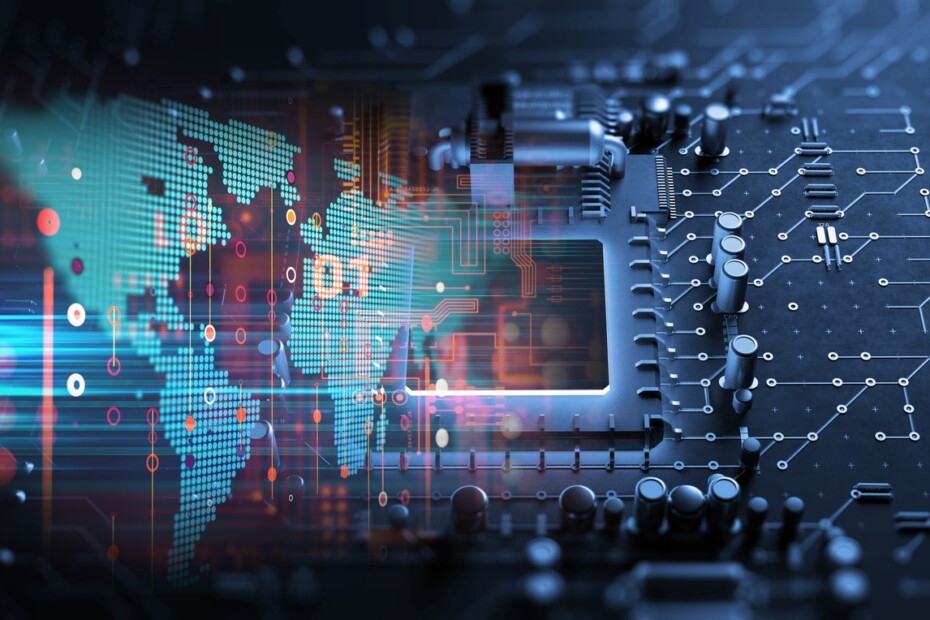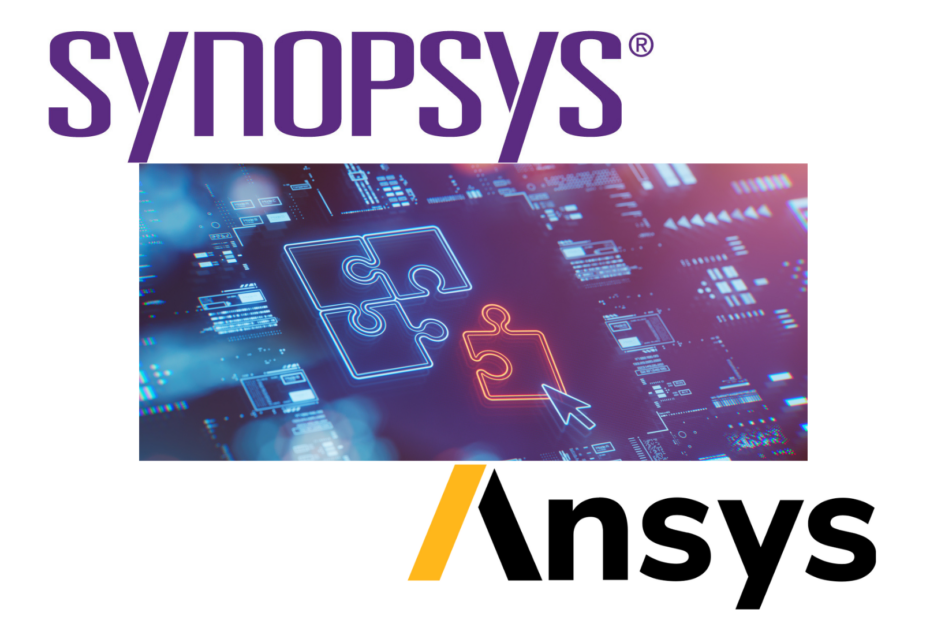Generative AI at CES: Good, Bad and Ugly
What’s at stake:
The milling throng at CES this year is bombarded with generative AI marketing pitches. There are glowing promises galore, but the industry continues to cast about for credible applications spun from ChatGPT’s halo effect.
This year’s CES will be “all about generative AI and AI PCs,” said Justin Walker, Nvidia’s senior director of desktop GPUs during last week’s Nvidia’s pre-CES briefing.
He was, of course, spot on. Ahead of the show, most tech companies decided to AI-frame their CES announcements. Many touted their AI savvy by mentioning generative AI in press briefings and demonstrations, and in their booths.
Clearly, AI poses many shades and applications, from AI in PC and AI in cars to AI in robots. Vehicle AI alone encompasses myriad AI applications. It goes into digital cockpits, into ADAS (sensing and monitoring) and into self-driving vehicles (predictions and decision making)
Among all the AI presentations, Volkswagen’s demo won this year’s CES booby prize.
Read More »Generative AI at CES: Good, Bad and Ugly
